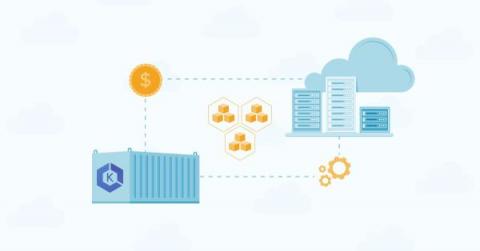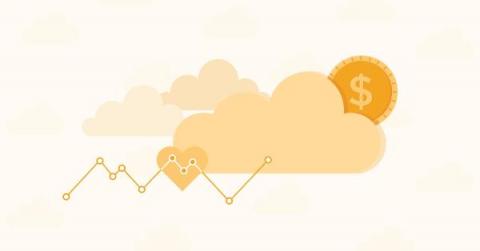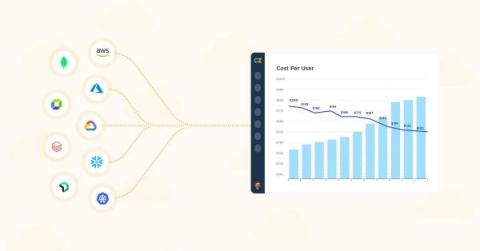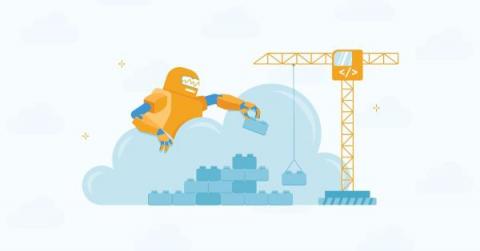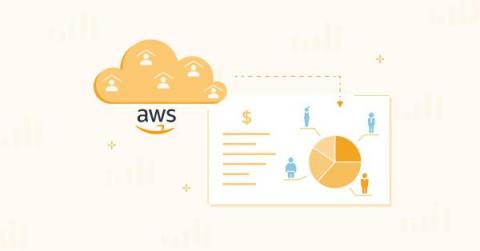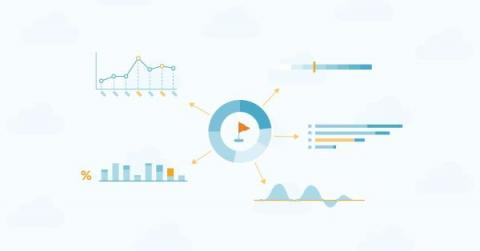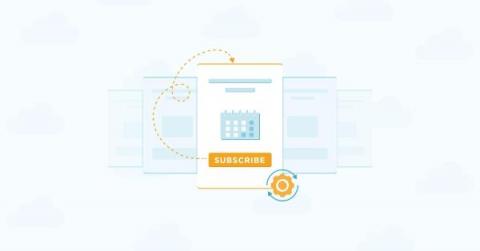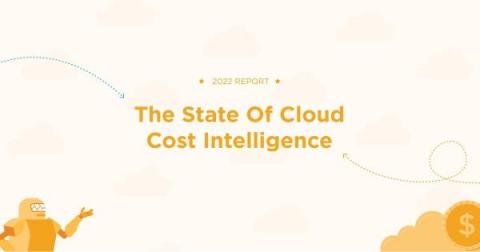EKS Pricing 101: A Guide To Understanding EKS Costs
AWS did not intend to build Amazon EKS; it simply had to. Kubernetes adoption beamed light years ahead of AWS' own managed container orchestration service. This forced AWS to develop a managed service to accommodate customers who wanted to use upstream Kubernetes but did not want to do the management themselves. As soon as AWS got around to it, it knocked the Kubernetes-based container management service out of the park.


